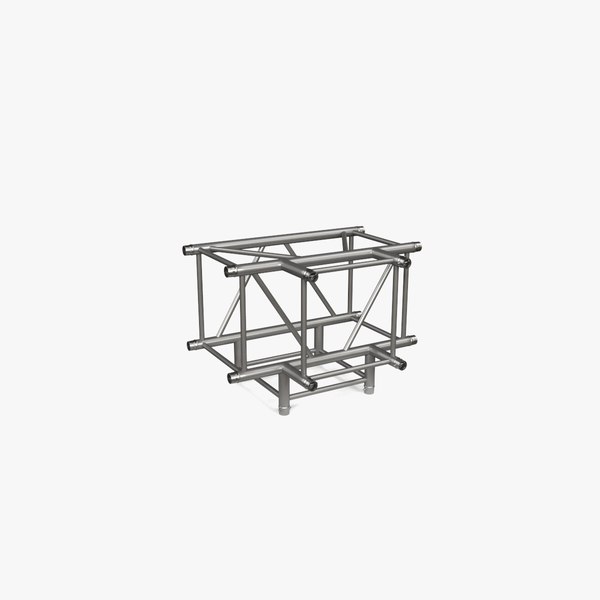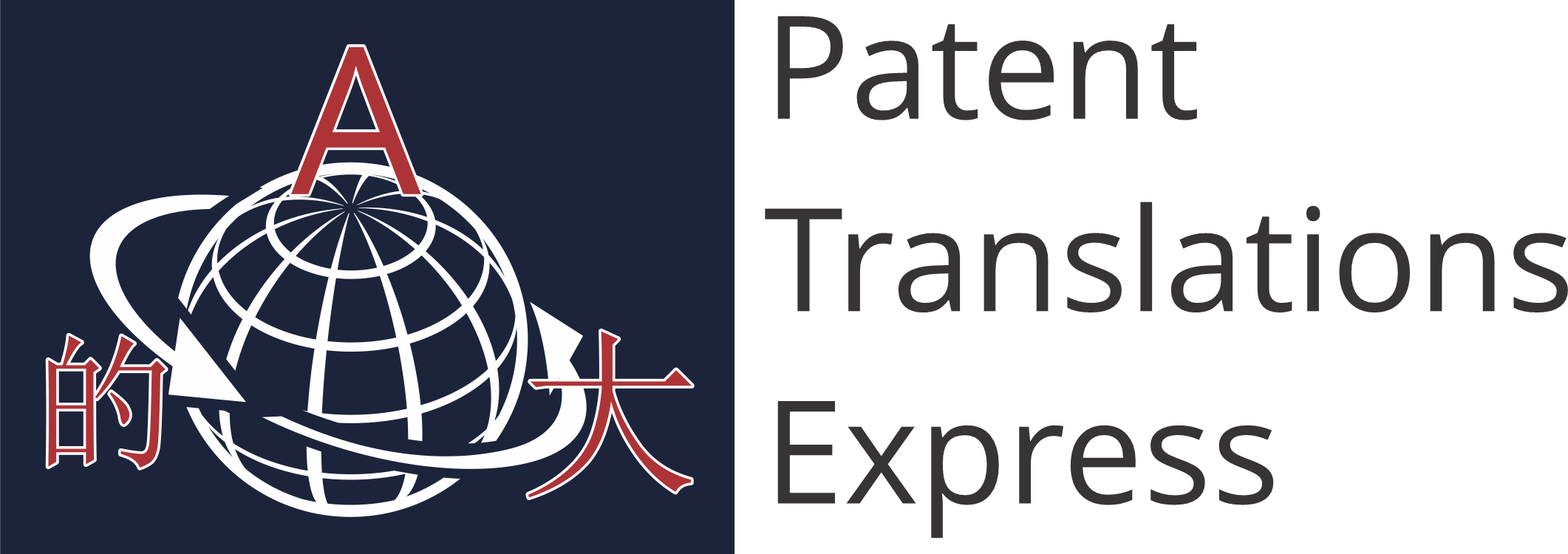 Stainless steel manufacturer and exporters has to attend international exhibitions related to Stainless Steel industry to grow their client basis and networking. Stainless 2015 is one of the most important international exhibition to target European clients. On May 5 and 6, 2015, stainless steel producers, suppliers of processing equipment and consumables, traders and users, will gather together at International Stainless Steel Exhibition in Brno in the Czech Republic. From the very beginning, this event has been considered as the door to the growing Steel markets of Central and Eastern Europe. This international Stainless Steel Exhibition is being held every two years in the Czech Republic, now it’s became one of the most popular events in stainless steel industry, European as well as worldwide. It is an ideal platform for neighboring European countries for presentation and communication to their clients. New contact, networking with potential buys would be the main advantages of participating in this exhibition. The cost is very modest. Now regarding Accommodation, Visitors should book their own hotel rooms. Book your tickets and stand for Czech Republic if you are interested to grow your stainless steel business in European countries. We are one of the leading manufacturer and exporter of Stainless steel Pipe and tubes in India. Our products are internationally benchmarked and we have amazing manufacturing prowess to fulfill and orders. Contact us for Stainless steel pipe and tube related products.
Stainless steel manufacturer and exporters has to attend international exhibitions related to Stainless Steel industry to grow their client basis and networking. Stainless 2015 is one of the most important international exhibition to target European clients. On May 5 and 6, 2015, stainless steel producers, suppliers of processing equipment and consumables, traders and users, will gather together at International Stainless Steel Exhibition in Brno in the Czech Republic. From the very beginning, this event has been considered as the door to the growing Steel markets of Central and Eastern Europe. This international Stainless Steel Exhibition is being held every two years in the Czech Republic, now it’s became one of the most popular events in stainless steel industry, European as well as worldwide. It is an ideal platform for neighboring European countries for presentation and communication to their clients. New contact, networking with potential buys would be the main advantages of participating in this exhibition. The cost is very modest. Now regarding Accommodation, Visitors should book their own hotel rooms. Book your tickets and stand for Czech Republic if you are interested to grow your stainless steel business in European countries. We are one of the leading manufacturer and exporter of Stainless steel Pipe and tubes in India. Our products are internationally benchmarked and we have amazing manufacturing prowess to fulfill and orders. Contact us for Stainless steel pipe and tube related products.
As a subscriber, you have 10 gift articles to give each month. Anyone can read what you share. Lukas Cervienka vividly remembers the day the giant VSZ steel mill here ran out of iron. It was January 1999, and Mr. Cervienka was sitting in a control room overlooking the automated ladles that pour 180 tons of molten metal at a time. The company was so broke that suppliers were refusing to deliver raw materials, and the company’s creditors had hired a new president to prevent a complete collapse. He came in here and asked why we weren’t doing anything,” recalled Mr. Cervienka, head of a unit that maintains machinery. I told him we didn’t have any iron to work with. Today, two years later, the mill has been rescued from the brink of bankruptcy. And it now has a new owner: U.S. Steel, a unit of the USX Corporation. At $450 million, the acquisition of VSZ is a small deal in financial terms.
But as a measure of transformation it is a big event as much for U.S. Steel as for this struggling nation. For Slovakia, a small and impoverished country that split off from the Czech Republic in 1993, the steel mill here is the biggest enterprise and its most visible victim of post-Communist corporate abuse. The rescue is crucial to re-establishing Slovakia’s credibility with the West and repairing a national image damaged by corruption and crony capitalism. This is a sign that the people of this country want to live in today’s world,” said Zdenko Trebula, the mayor of Kosice. If the gentlemen from U.S. For U.S. Steel, this is the first major expansion after more than two decades of relentless contraction. The Slovak mill will account for one-quarter of U.S. Steel’s entire production capacity. With more than 17,000 workers, the operations here employ twice as many people as U.S. Steel’s biggest American sites. But while American steelworkers earn $35 to $42 an hour, wages here are about $2 an hour.
If you talk about consolidation of the steel industry in the U.S., you are talking about cuts,” said John Goodish, who will be chief executive of U.S. Steel Kosice. ”Our strategy here is expansion and maximizing production. Both company and country are making a calculated bet about globalization. U.S. Steel executives say they are convinced that Central Europe, with its low wages and increasingly pro-business policies, is becoming a major manufacturing center for companies from General Motors to General Electric. Slovak leaders are convinced that the only path to prosperity involves adopting western practices on everything from monetary policy to accounting practices and bankruptcy law. For Slovaks, the last few years have been grueling. Unemployment averages about 20 percent across the country; 23 percent in Kosice. Real wages, adjusted for inflation, have declined more than 8 percent this year. Here in Kosice, a picturesque city of 300,000, the municipal government is so short of money that it is trying to sell public forest land and buildings.
Young people graduating from vocational school or the university set their sights on leaving, and many parents encourage them. By all accounts, the two-year-old government of Prime Minister Mikulas Dzurinda has pushed through crucial economic changes. It has deregulated old monopolies, greatly improved the country’s global credit ratings and revived exports. Foreign investment has picked up. The Whirlpool Corporation has an appliance factory here and is now expanding. Volkswagen has a big factory in Bratislava, the capital, and BMW is considering building a car assembly plant not far from Kosice. And Moody’s, the credit-rating agency, praised Slovakia earlier this month, noting that it had ”greatly improved” its budget and trade balances as well as its competitiveness. The European Union, which shunned Slovakia as a potential member two years ago, now lists it as a candidate for entry just behind front-runners like Poland, Hungary and the Czech Republic. It is a very, very big success,” said Robert Prega, an economist in Bratislava for Raiffeisen Zentralbank of Austria.

